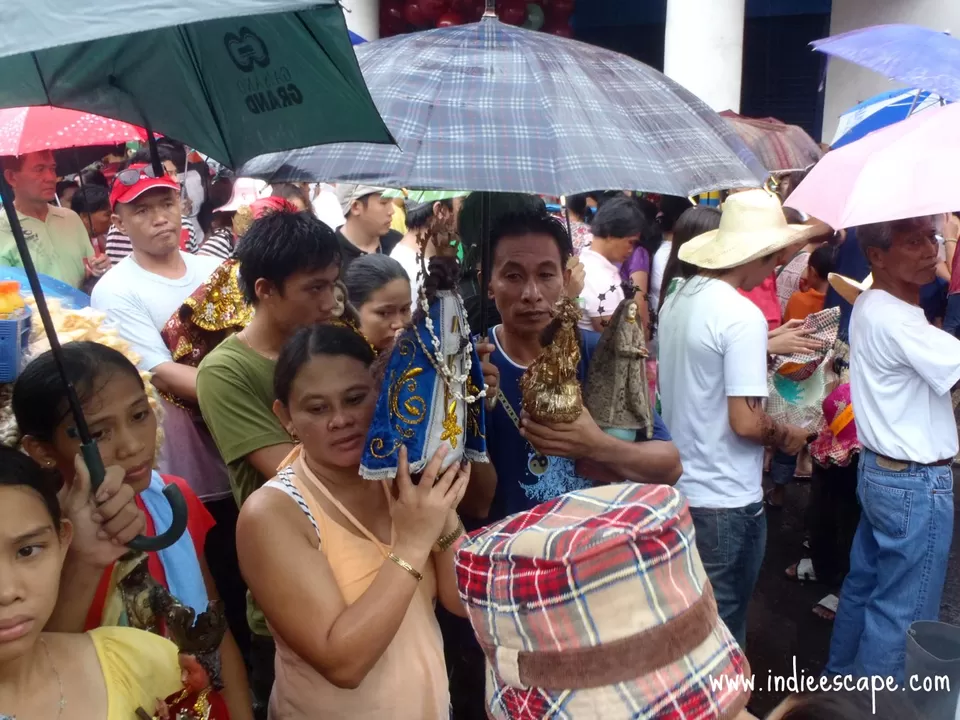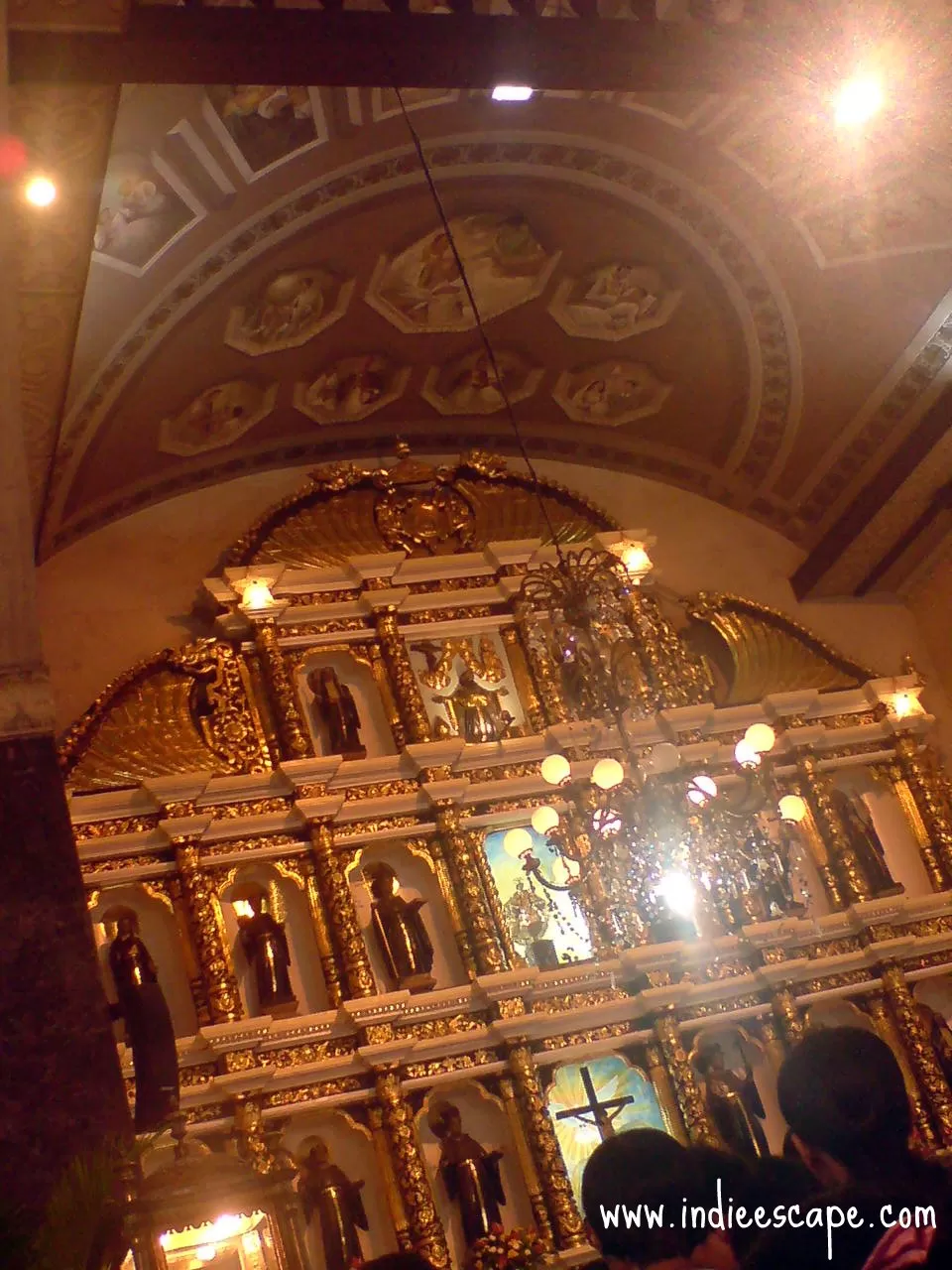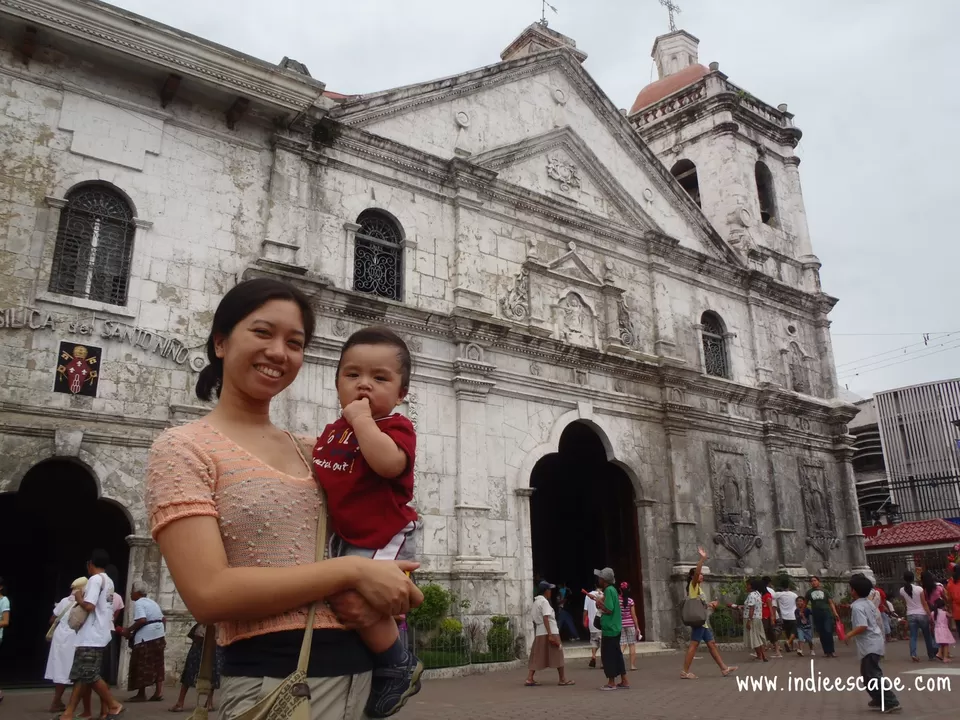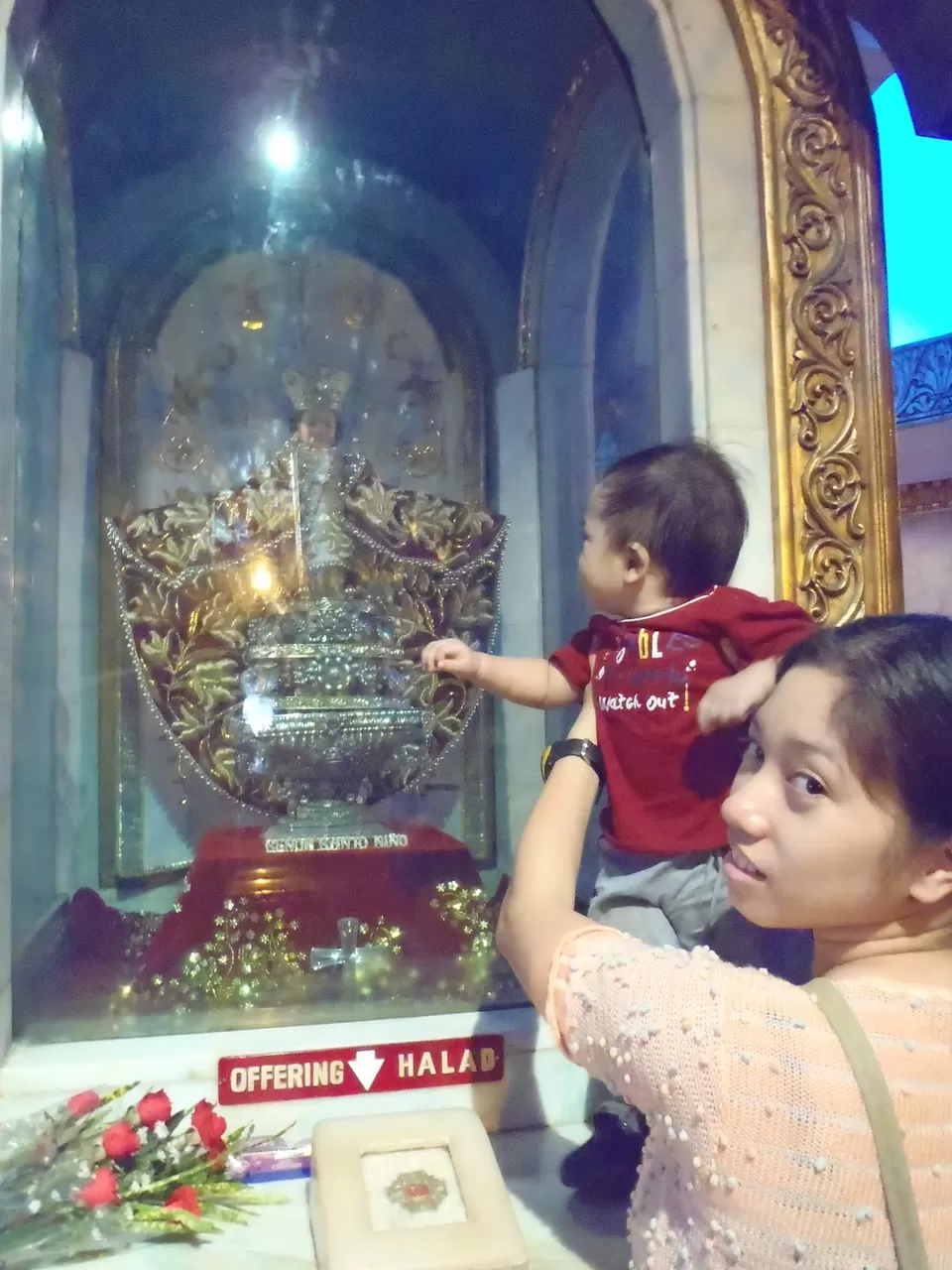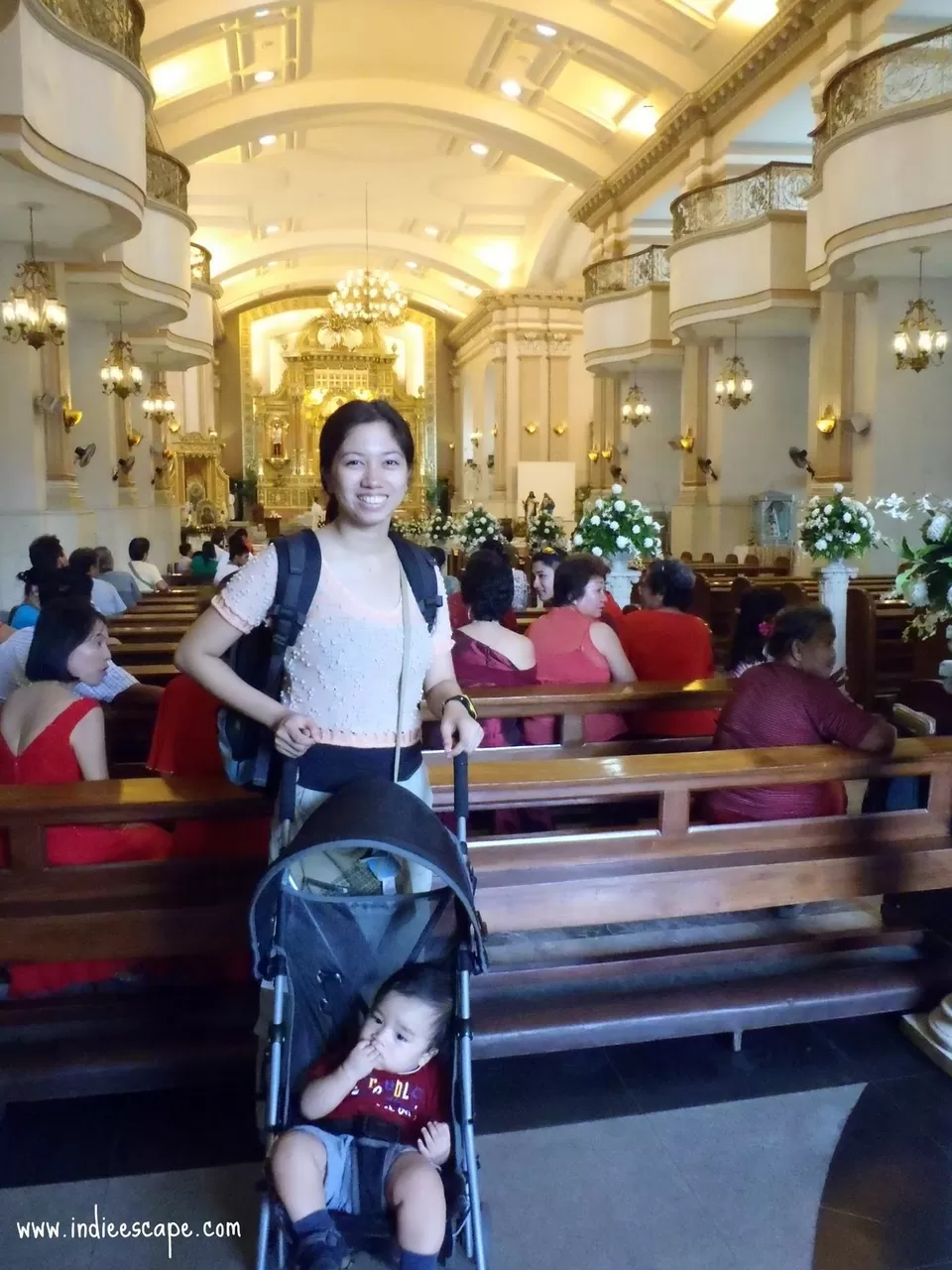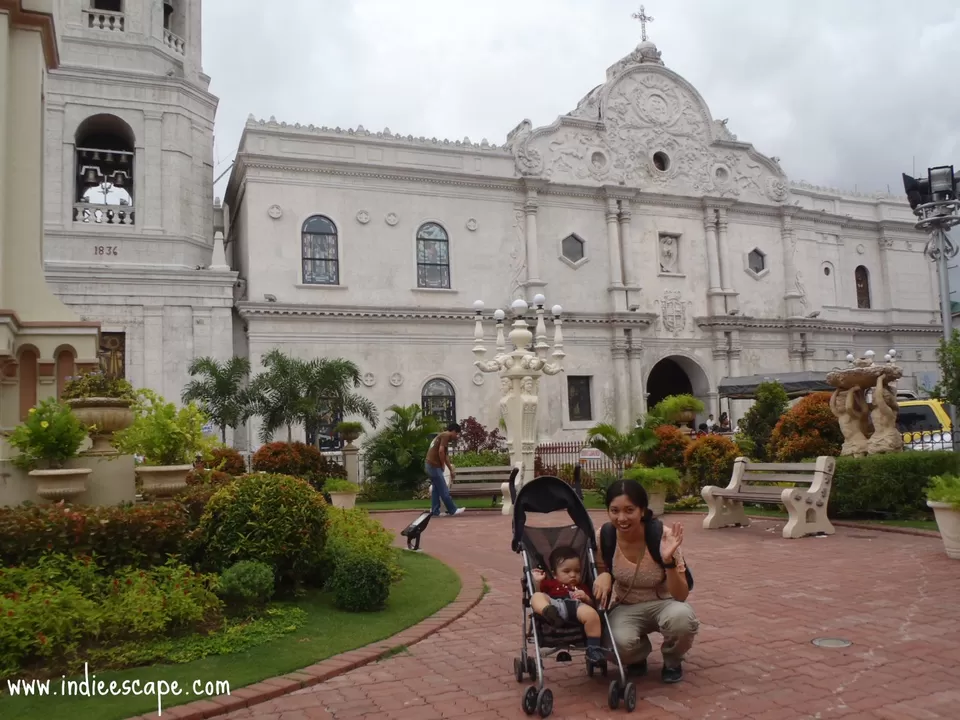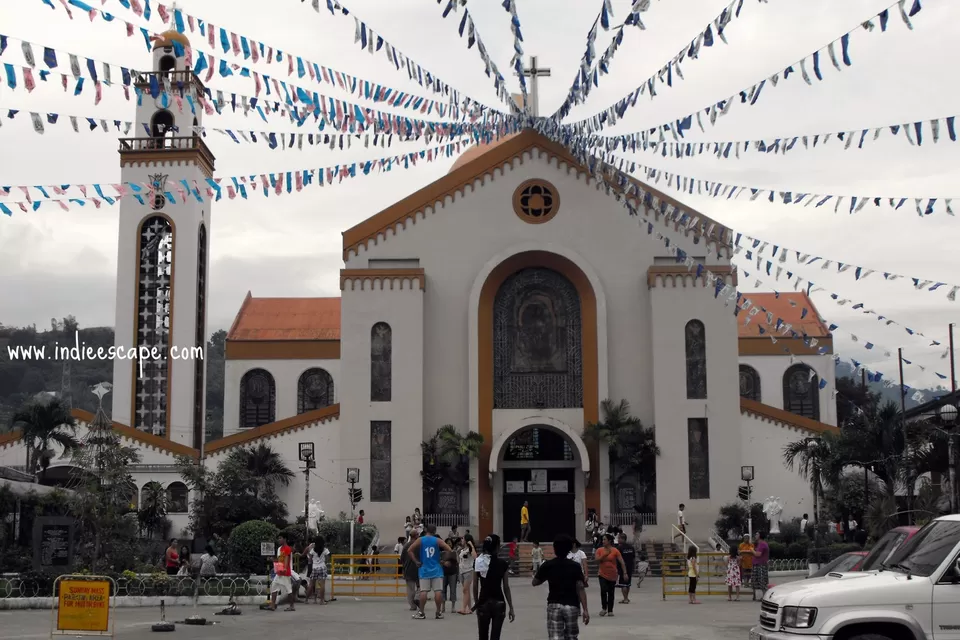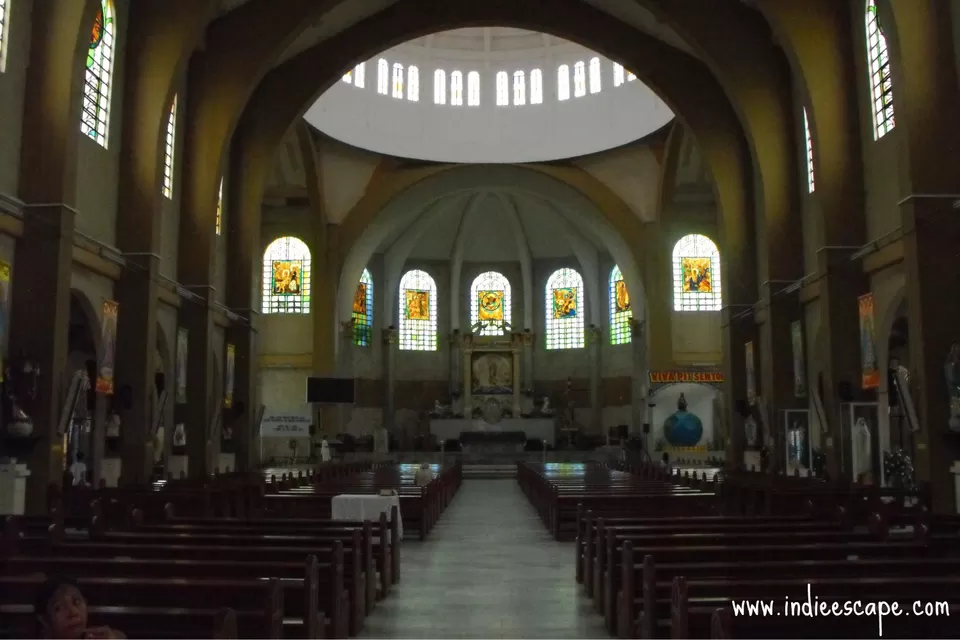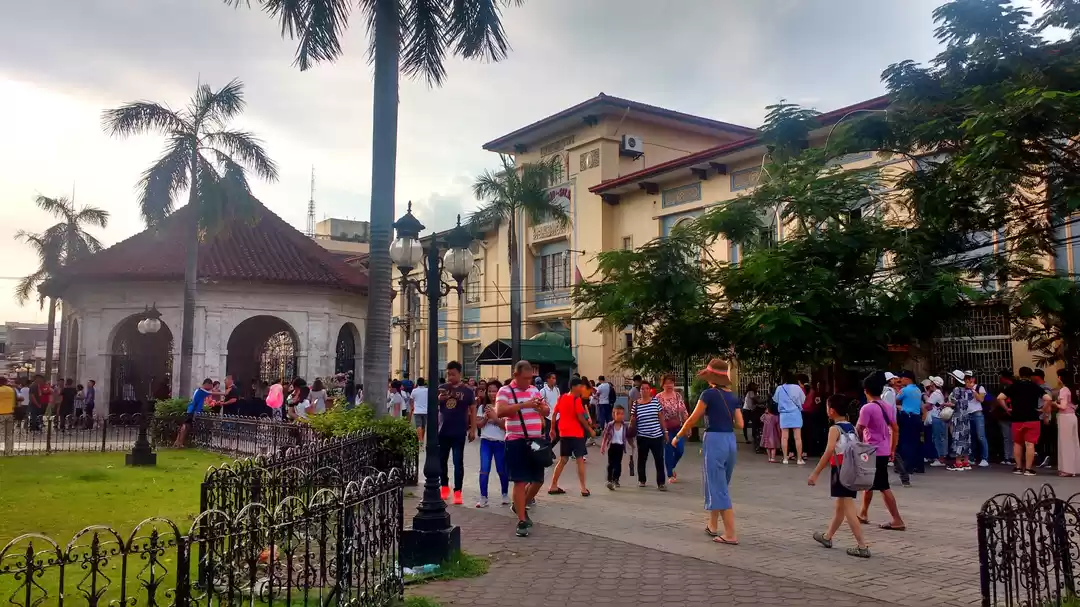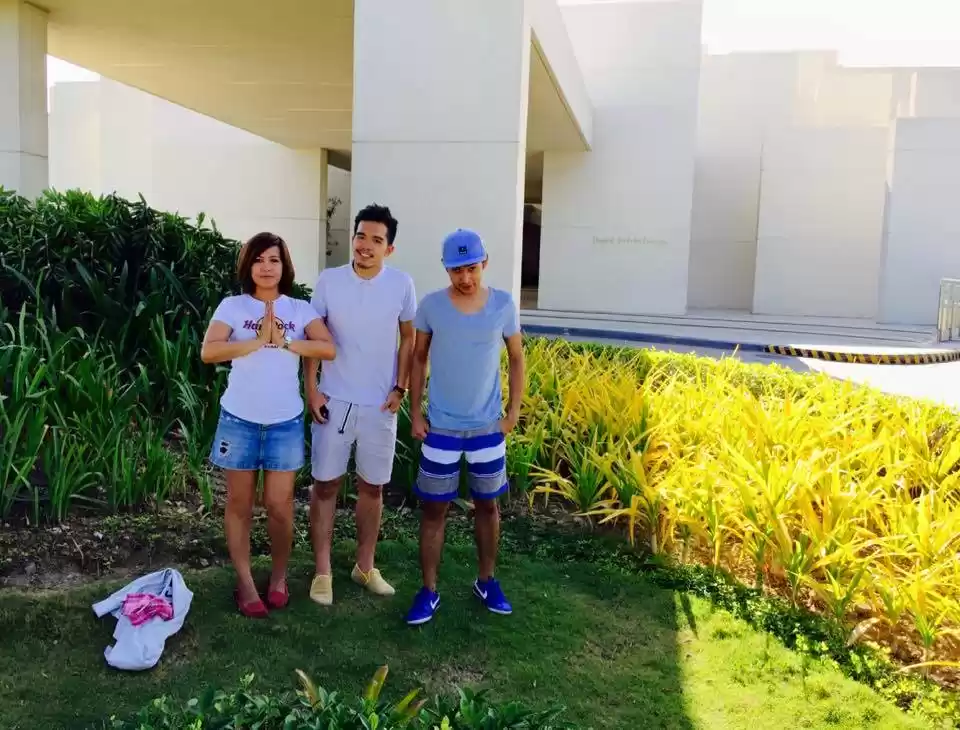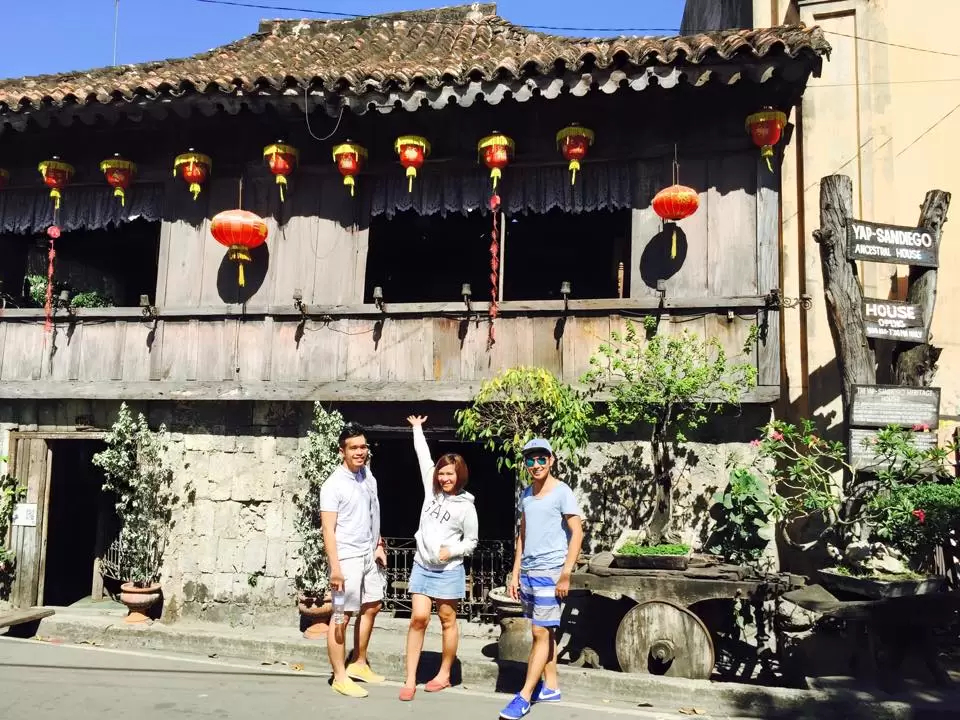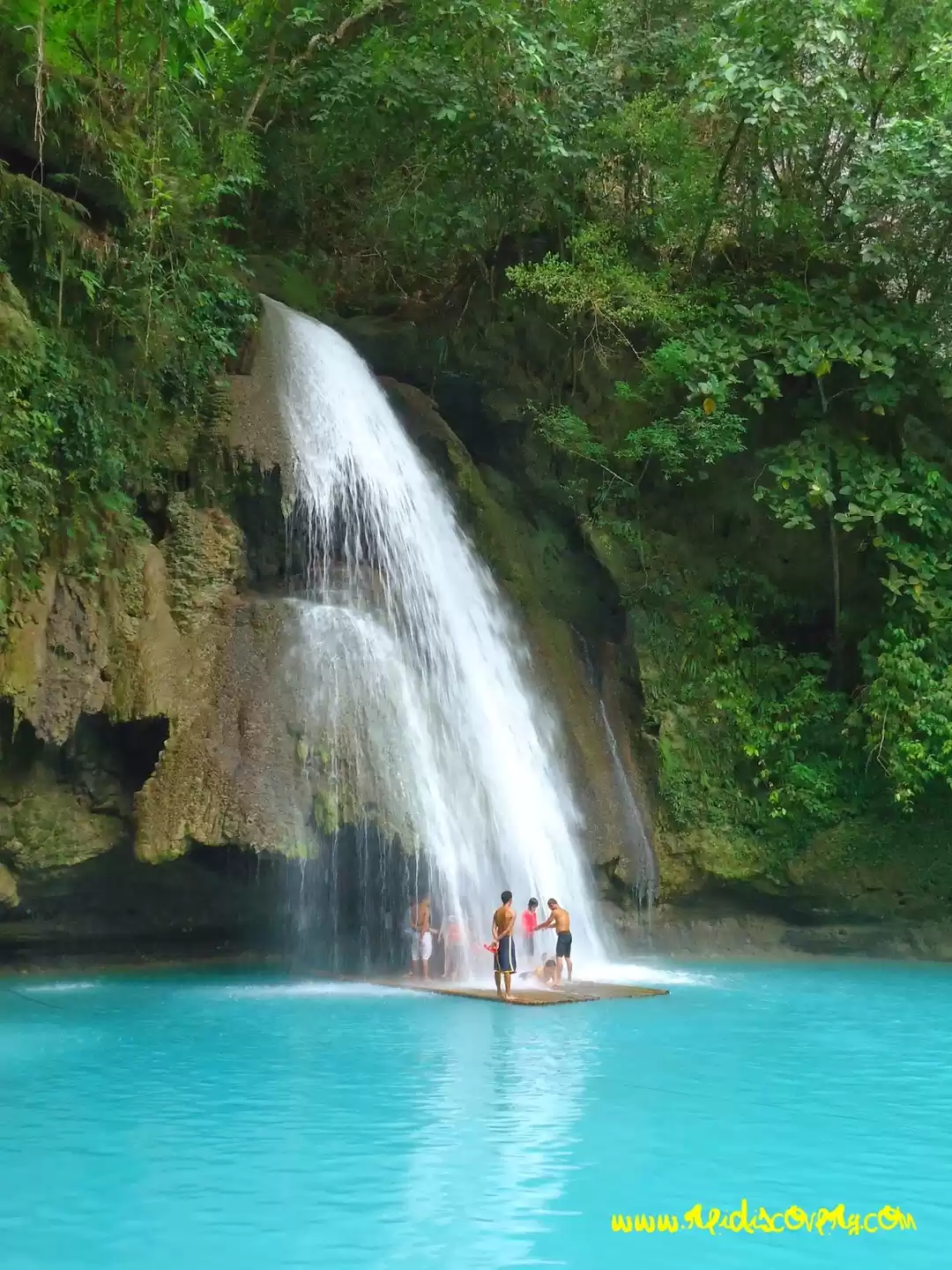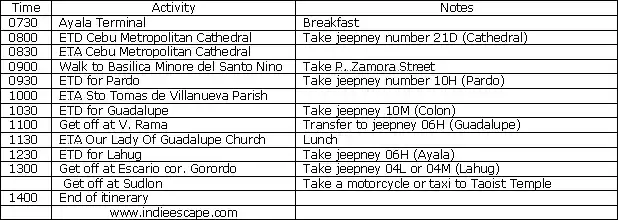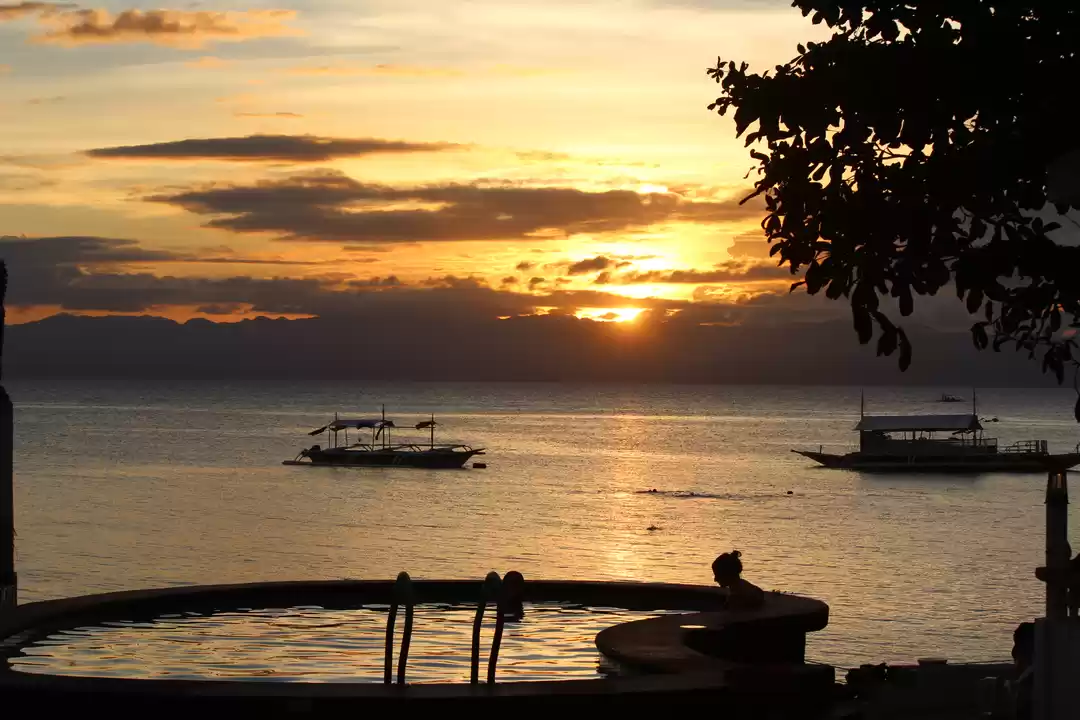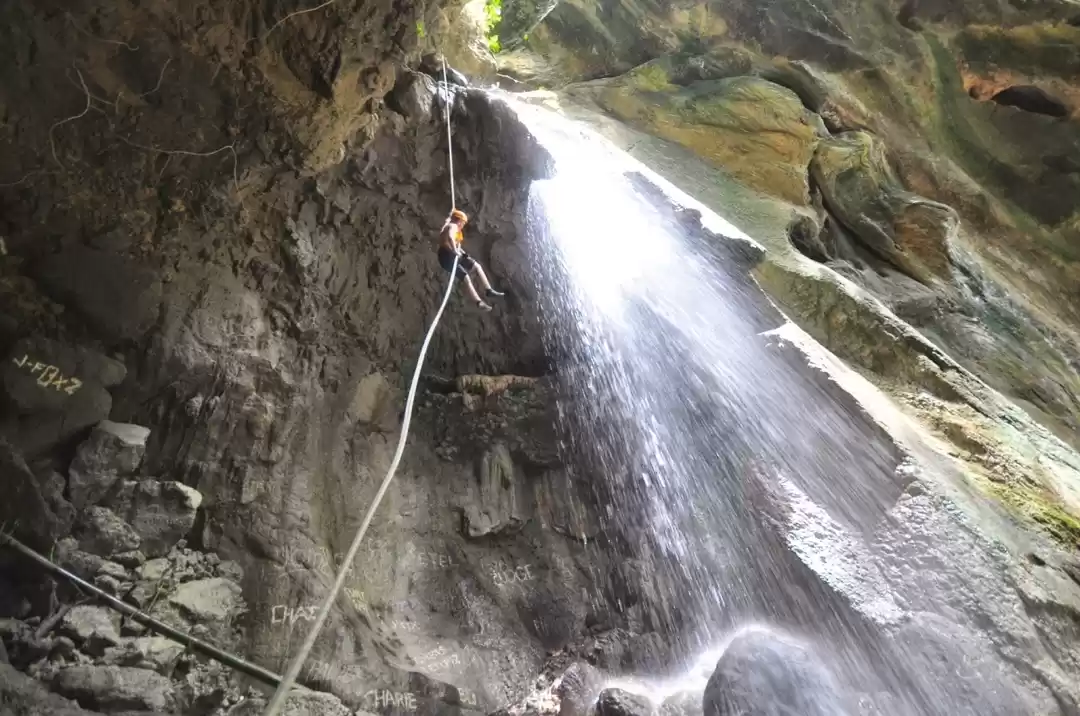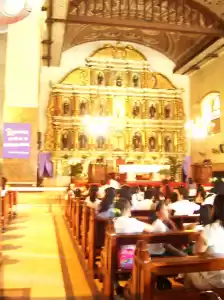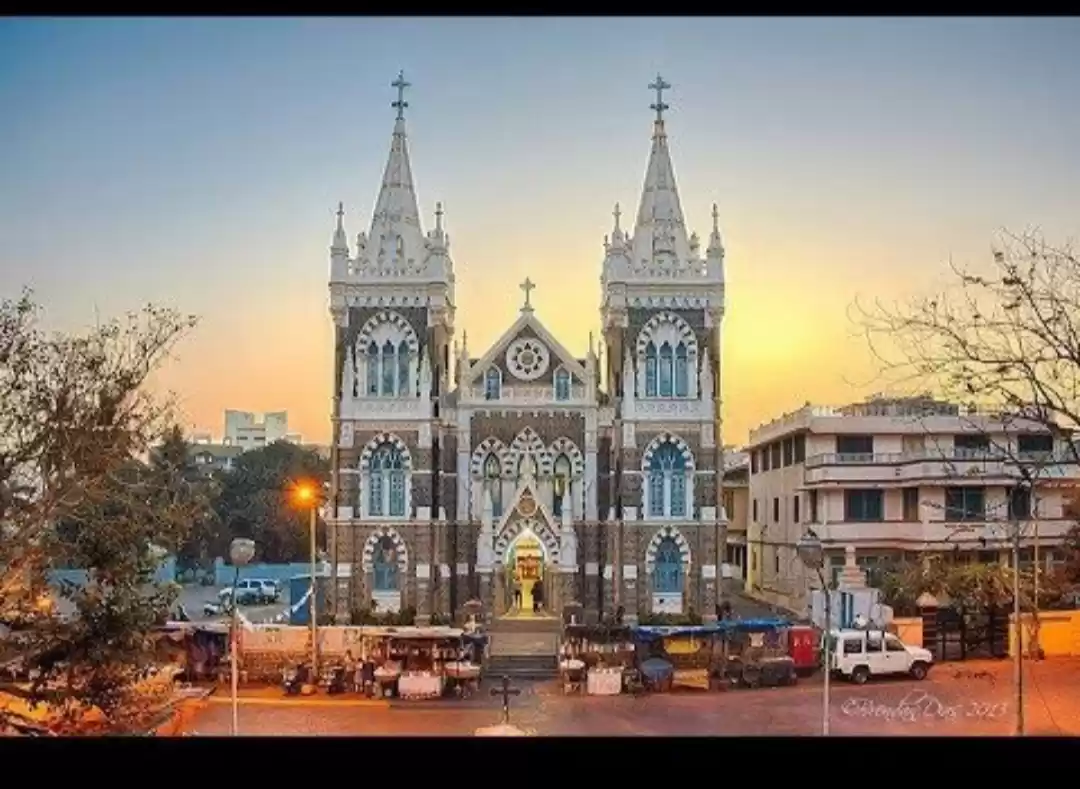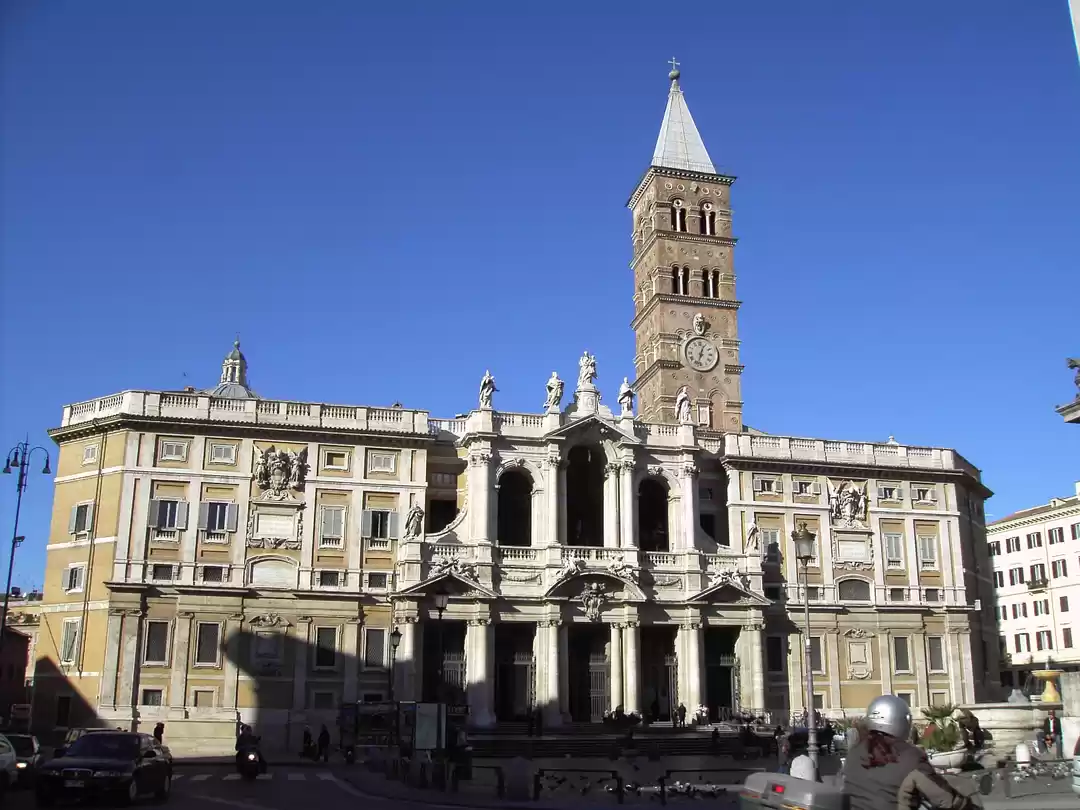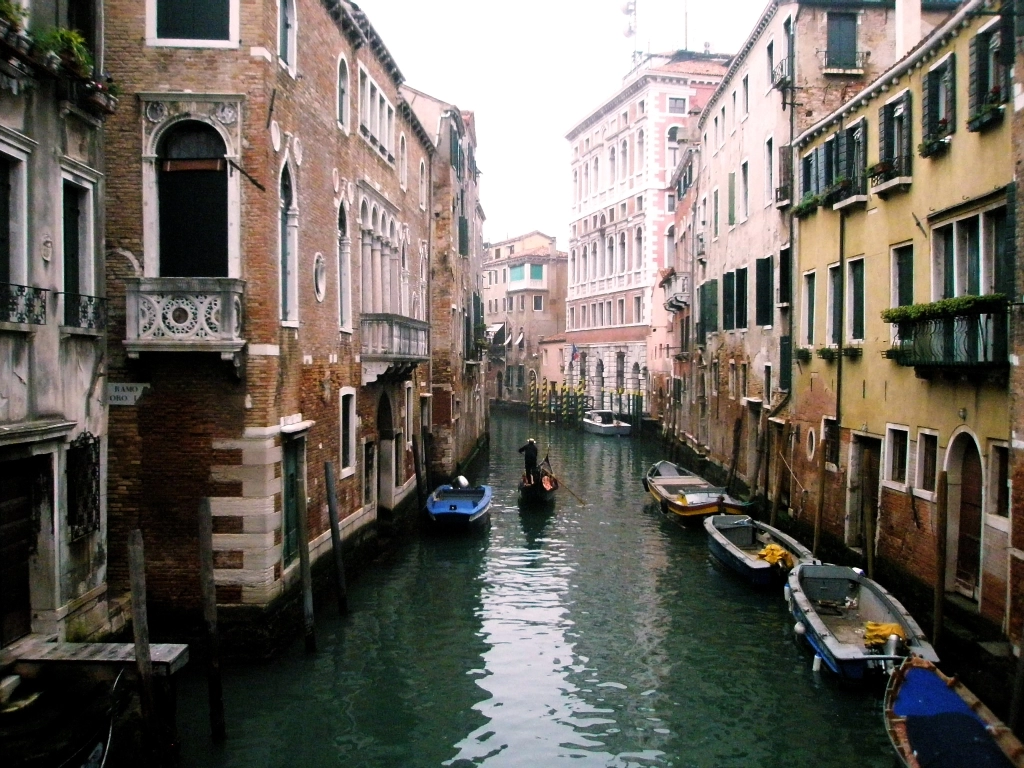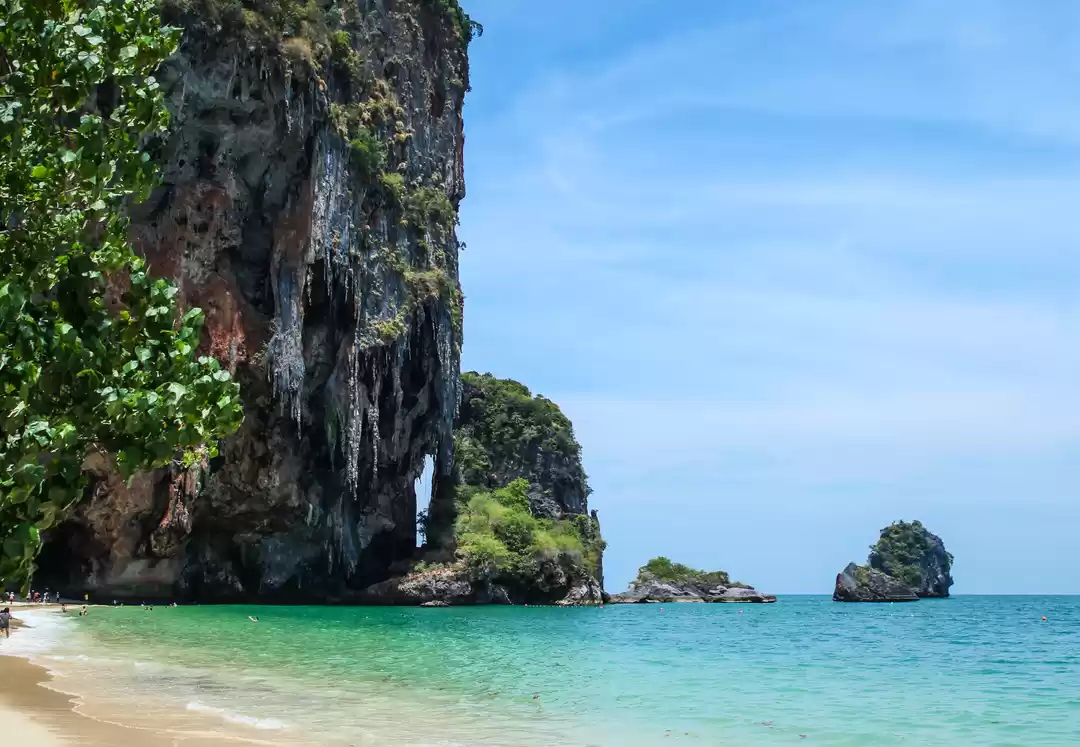
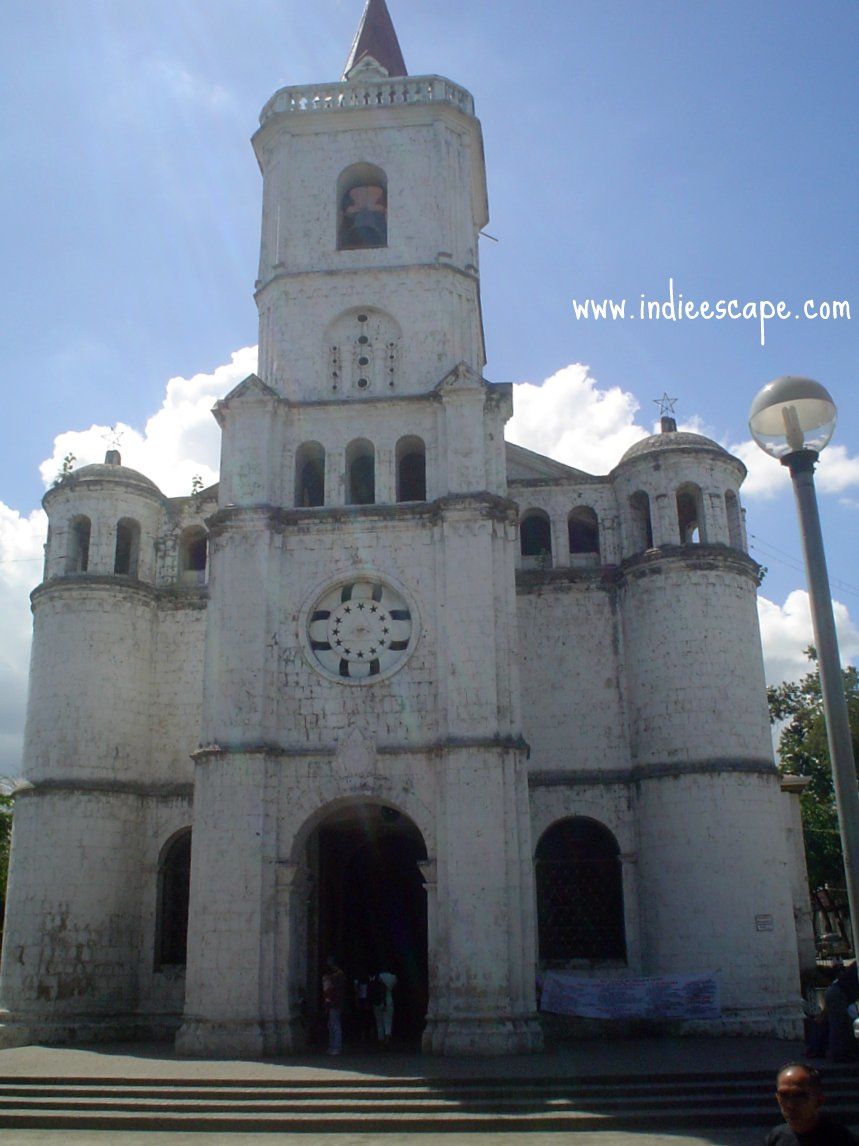
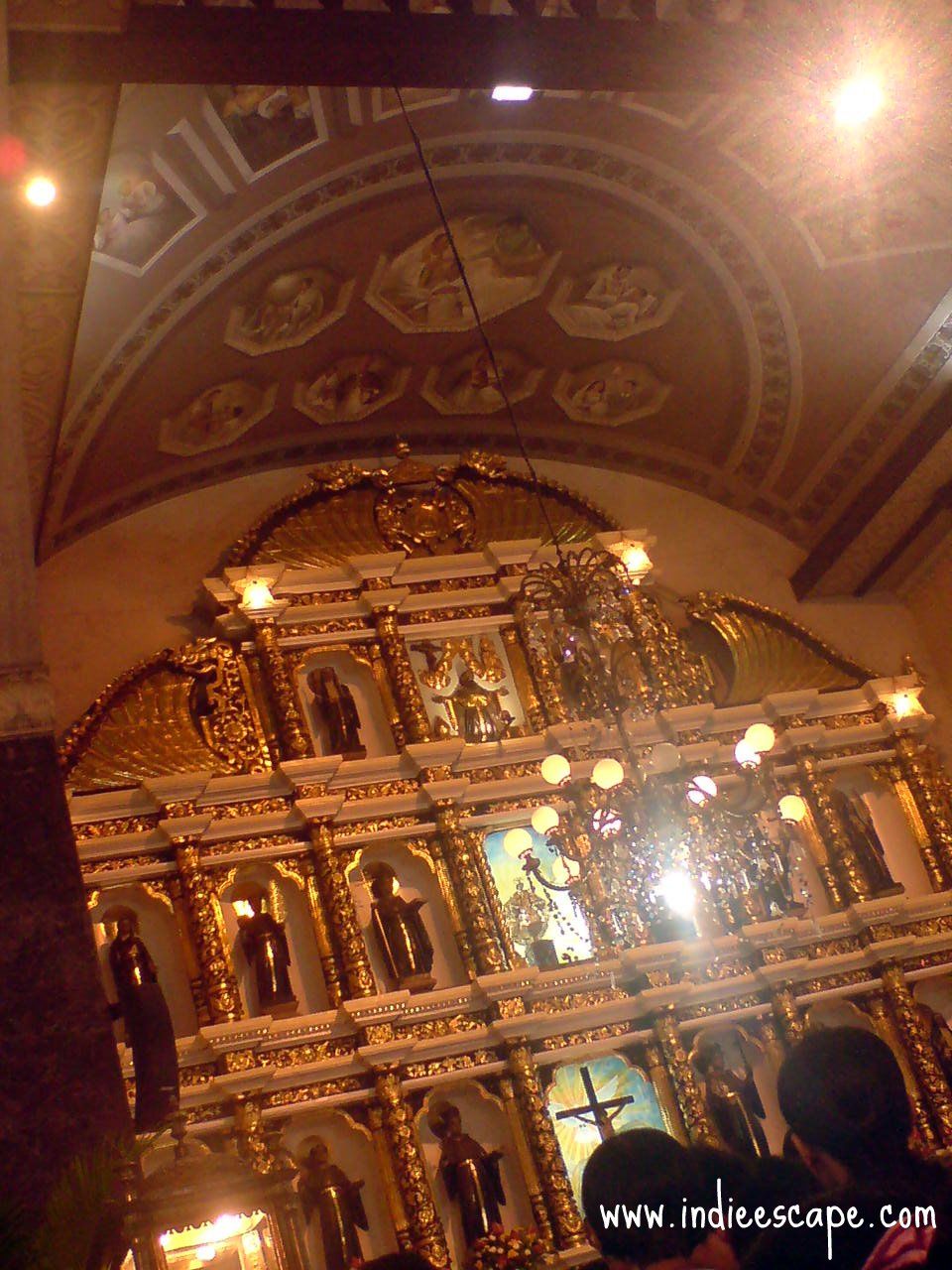
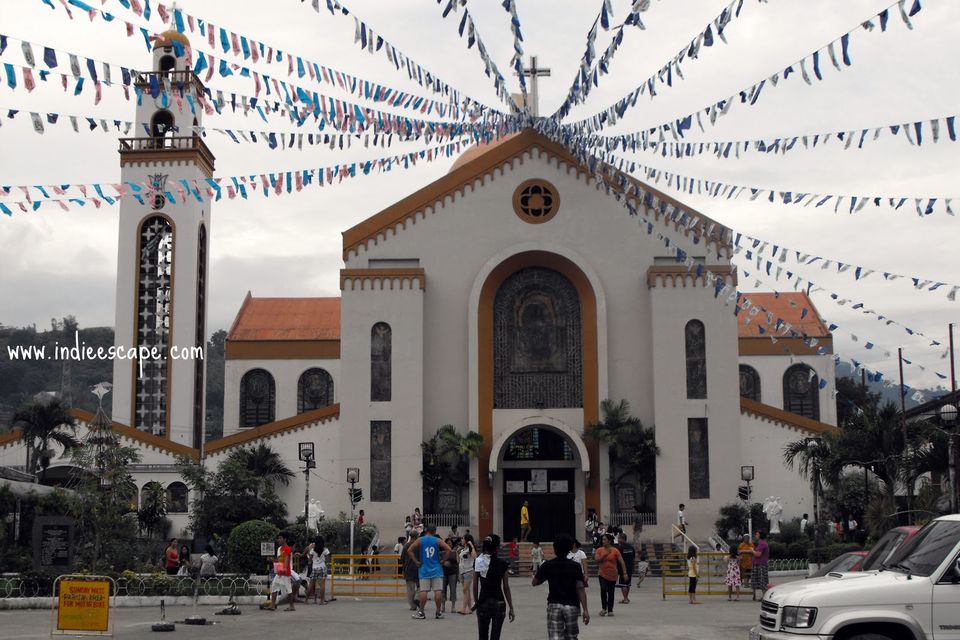
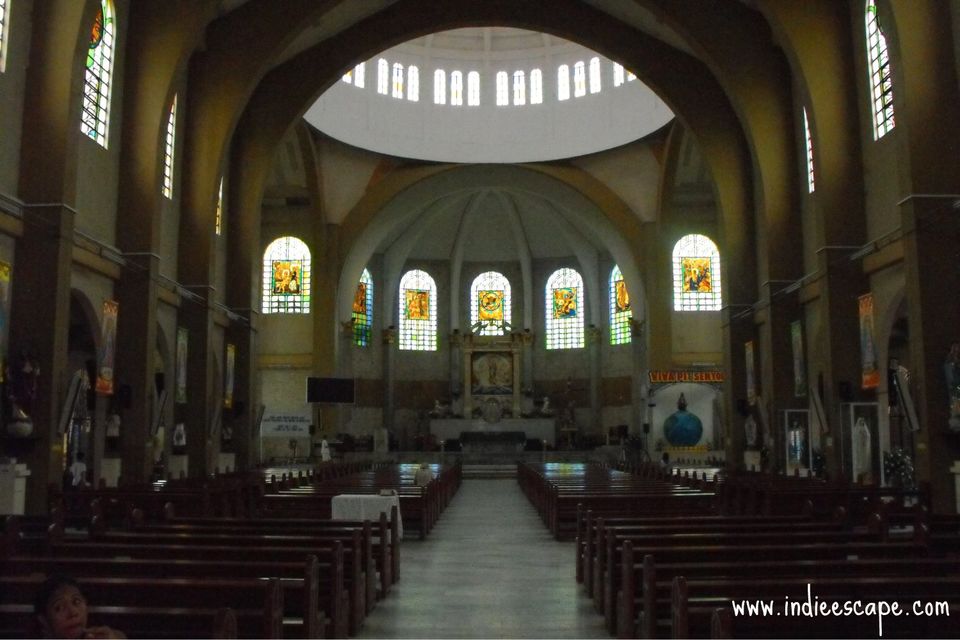
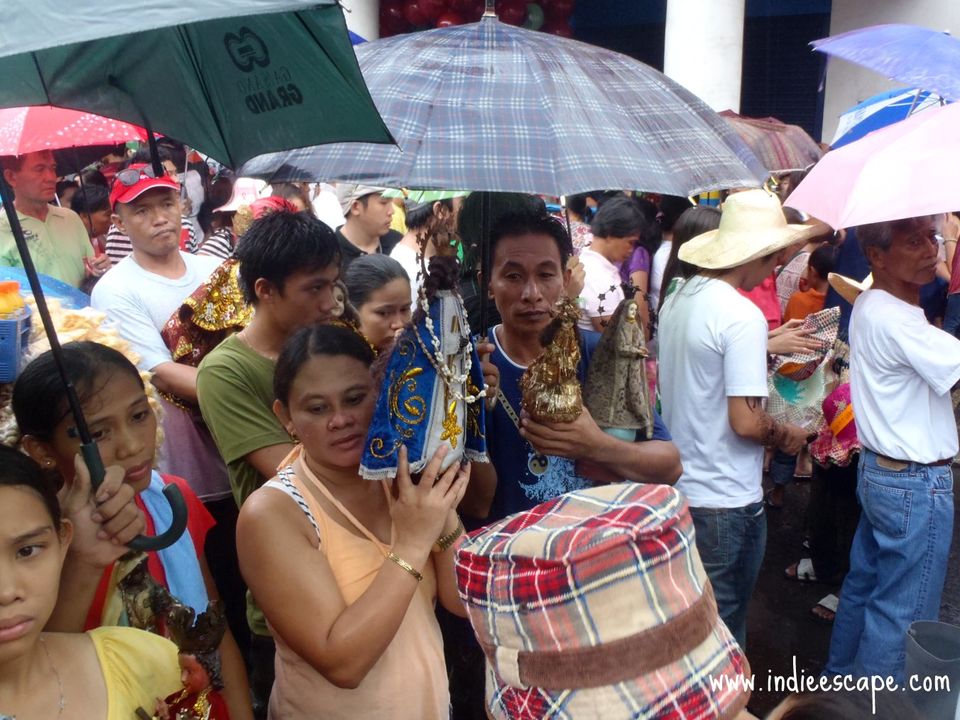
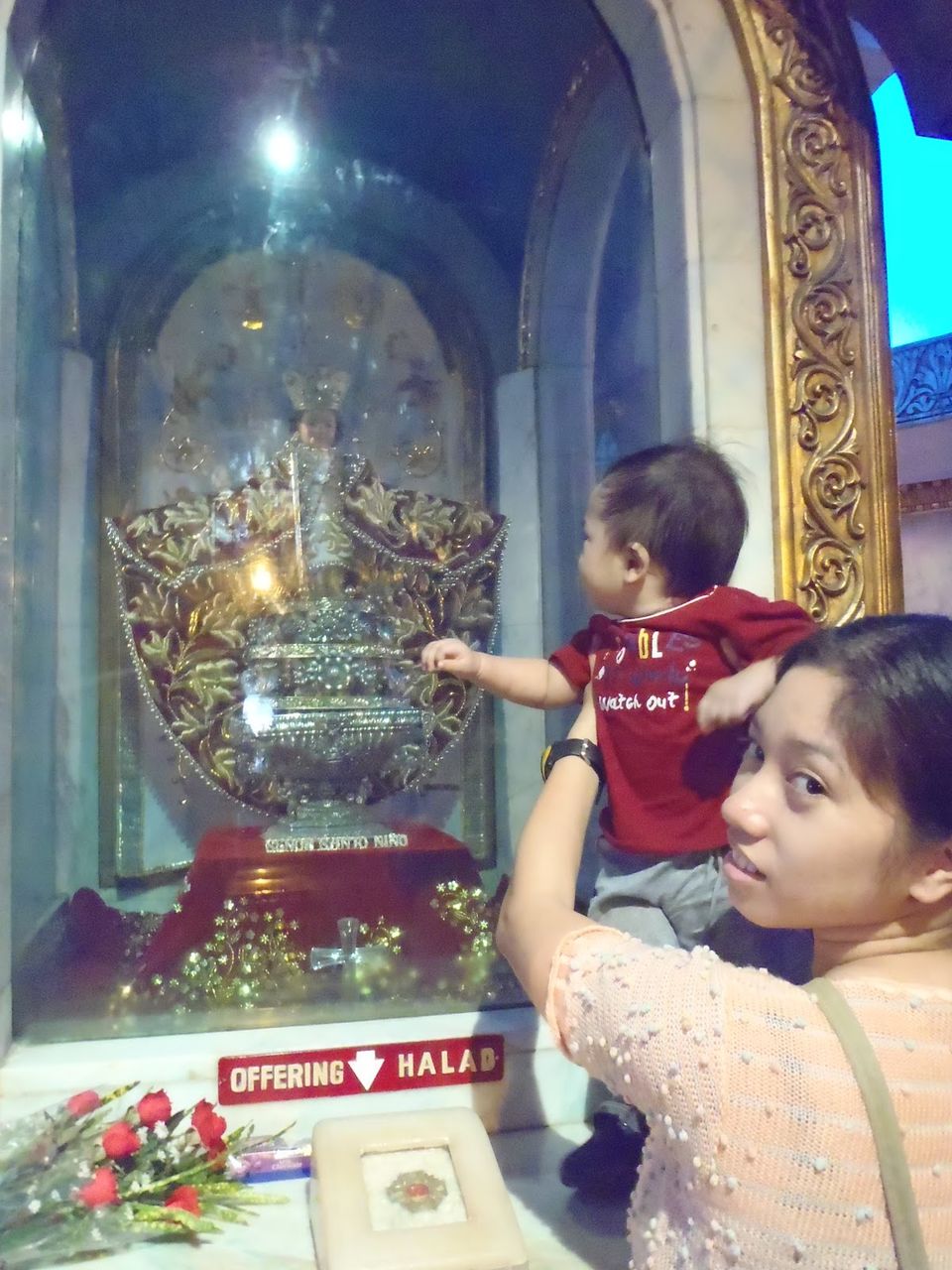
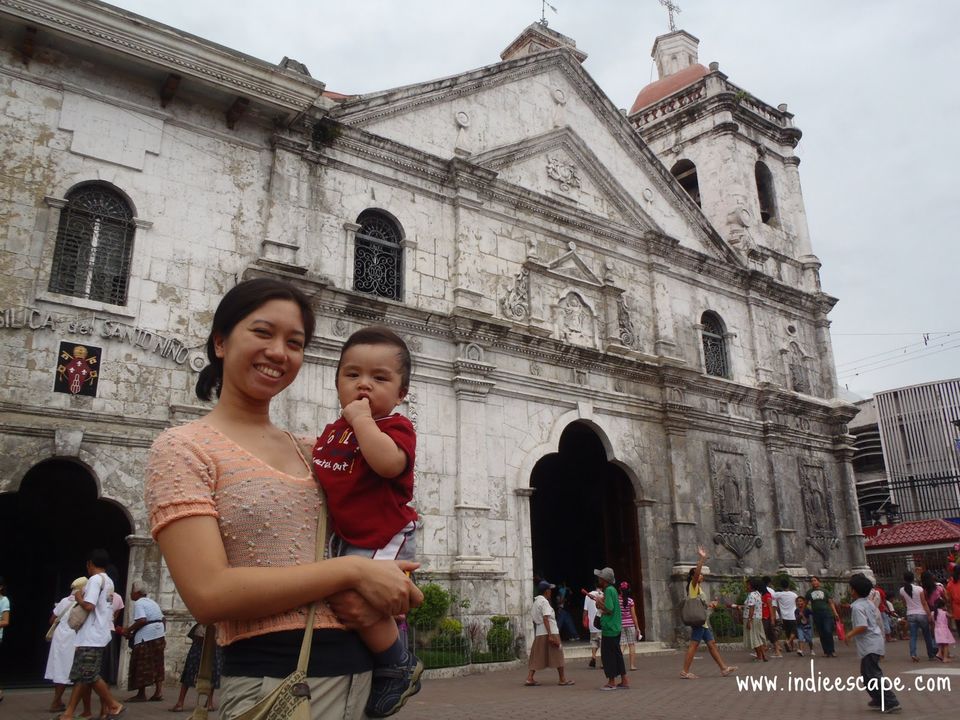
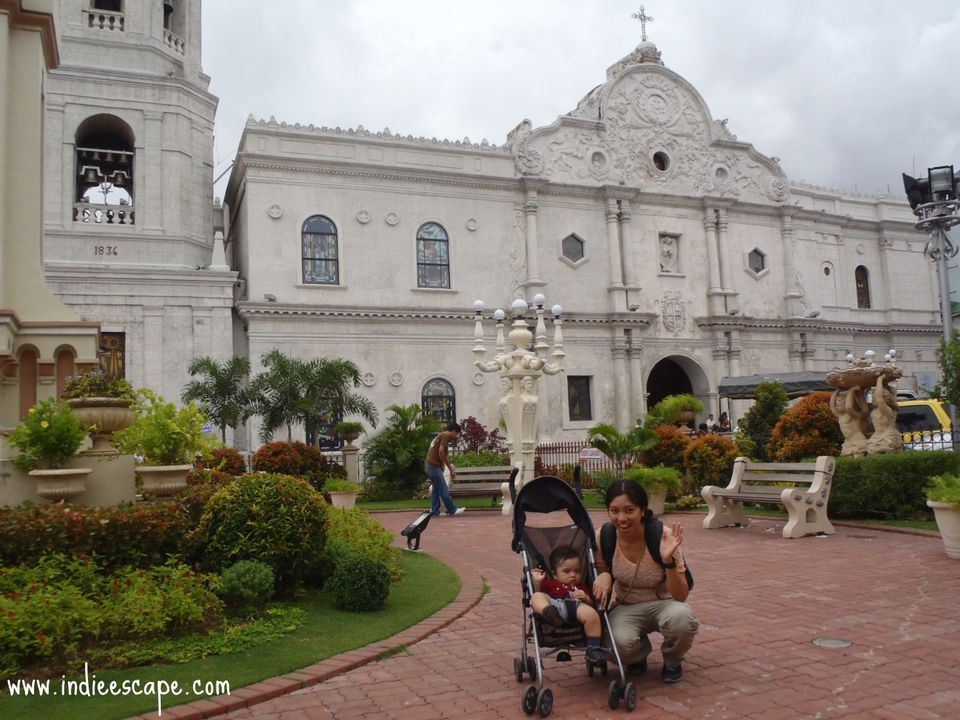
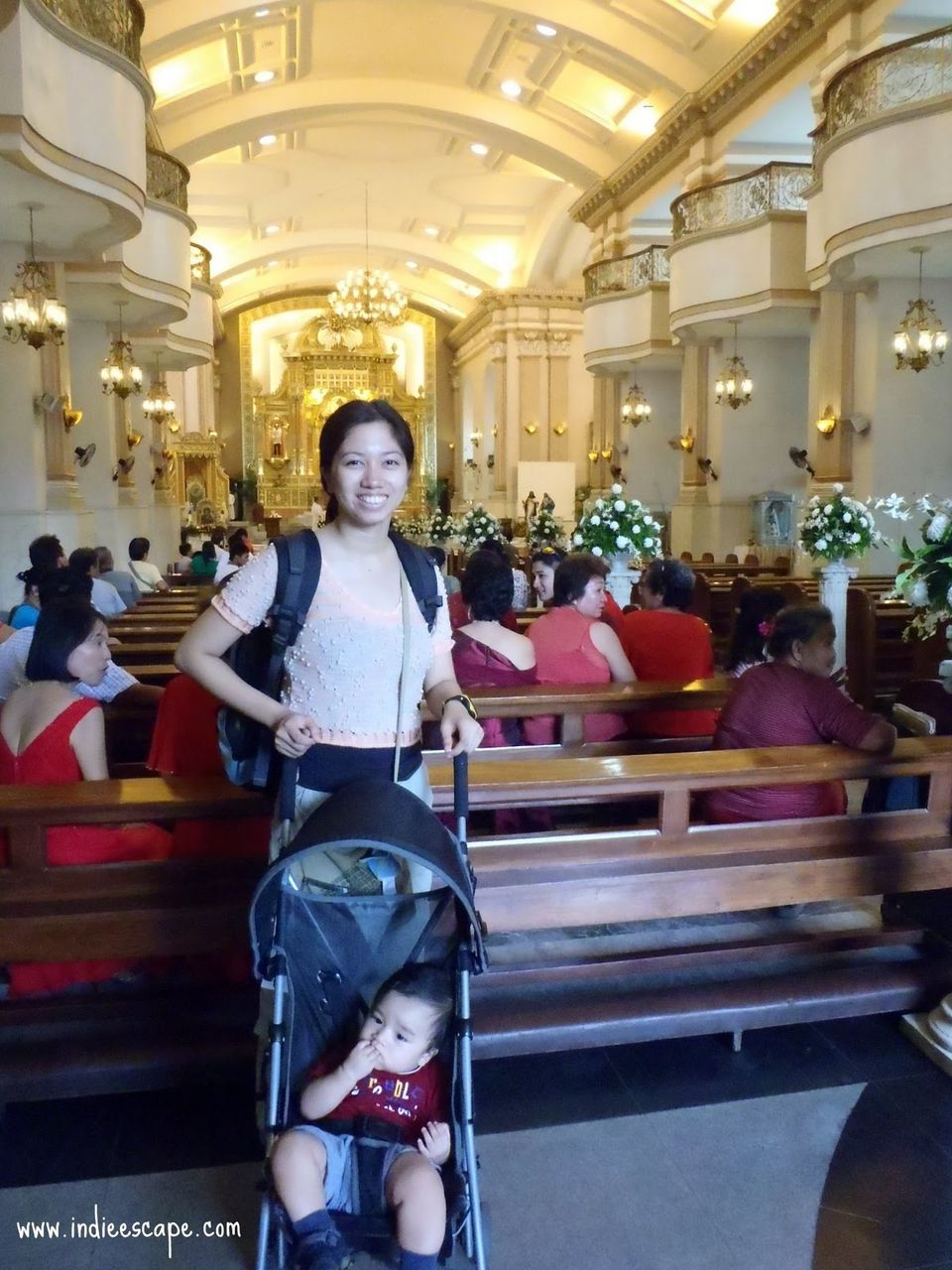
Cebu is home to some of the oldest and ornate churches in the Philippines. At least five of them can be found within city limits, so these can easily be added, into your standard Cebu City itinerary.
1. Basilica Minore del Sto. Niño
Osmeña Blvd., Cebu City
Contact numbers: 2556699/2556697/2554498/2556698
Possibly the most-visited church in Cebu; tourists arrive to the Basilica in busloads, also hitting the Magellan's Cross monument and City Hall in just one stop. Being one of the oldest, this 16th century church is admirable both for its resilience and its connection to the people.
Sinulog 2012 - this year's festival of the Holy Child Jesus, Sto Niño - is slated only a week away. Just as in the past years, thousands of devotees are expected to grace the church grounds in honor of the city's former patron saint.
Inside the church, a small chamber houses a replica of the Santo Nino image. Devotees enter this area by passing through the halls of the basilica, and on a busy day, the line can extend all the way outside the church compound. The church was originally made of wood and nipa, but since its renovation in the 18th century, the coral stone walls have remained intact to this day. The altar and the ceiling paintings are notable for their extravagance. One could see the intricacy of the craftsmanship involved in the stained glass windows and the wooden doors of this neo-classical structure.
2. Cebu Metropolitan Cathedral
F. Urdaneta Street, Cebu City
Contact numbers: 2558823/2536422
Just a few steps away from the decorated Sto. Nino church is where the Province's Archdiocese is seated. Locally referred to as simply the Cathedral, this grand church is witness to many a secular and political movements.
The cathedral was recently renovated in time for its 75th year celebration (again, one of the oldest). The baroque exterior is maintained, but the interior is now laden with grandoise. I think it has also been airconditioned, which makes it ideal for big wedding ceremonies.
The Cebu cathedral has a more solemn atmosphere, compared to its neighbor, Sto. Nino Basilica. It must be partly due to less foot traffic and vendors outside the structure.
3. Archdiocesan Shrine of Our Lady of Guadalupe
Guadalupe, Cebu City
Contact number: 254-4593
The Nuestra Señora de Guadalupe church sits atop the hills of the biggest barangay in Cebu. Our Lady of Guadalupe is the patroness saint of the province, and is believed to have miraculous powers.
A wide nave and high ceilings characterize this huge church. Although it cannot compare with the flamboyance of the first two churches, it is still worth visiting for its historical value.
After the first successful baptismal of Filipinos in Cebu by the Spaniards, three images were given: the Santo Nino to Queen Juana, the Ecce Homo to Raja Humabon (tribe chief), and the Virgin Mary for the Cebuano people. Soon, the image of the Virgin Mary was left forgotten inside a cave. Its re-discovery is depicted by a curious historical account.
During the annual Sinulog festival, a procession is held to bring the image of Our Lady of Guadalupe to Basilica Minore del Santo Nino. She spends 4 days there, and then joins the fluvial procession in Mactan channel. After the festival, She is brought back to the parish, this time with the image of Santo Nino. The Santo Nino stays there for one night and is then returned to the Basilica the next day.
4. Santo Tomas de Villanueva Parish
Pardo, Cebu City
Contact number: 4163575
The underdog of this list is an imposing fortress-looking church located in Pardo. A Spanish engineer-architect, Domingo de Escondrillas, is resposible for its Latin-Byzantine Order of design.
The white coral stone walls are at least a century old. The heavy looking facade with its rounded corner posts (pardon my lack of architecture lingo), also the lack of images of angels, cherubs or saints make it look like a fortess.
A symbol of the all-seeing-eye is inscribed on its facade, which doesn't seem to be there in this old photo (also taken from El Pardo Parish website).
The church's turn-of-the-century charm is also evident inside. One would think that the interior design, particularly the floor tiles, have been around since its reconstruction in 1880.
5. Cebu Taoist Temple
Beverly Hills Village, Lahug, Cebu City
Another Cebu itinerary staple is the Cebu Taoist Temple. This might sound a bit off from the rest of this list, because it is a non Catholic place of worship. Nonetheless, I included it on the list because it is possibly the most elaborate of its kind in the city.
Majestic structures tower the posh village of Beverly Hills in Lahug. Chinese architecture is very much evident in the pagoda style roofing of most structures. Other attractions include a replica of the great wall of China and a life-size dragon statue.
After climbing almost a hundred steps to reach the main temple hall, any visitor would feel a sense of calmness. Some may owe it to the quiet surroundings or the less busy shuffles of feet, but it must also be coming from the balanced chi of the entire place.
This whole trip should cost less than P500 per person because you'll be taking public transportation; otherwise, taking a cab should set you back at least P500 more.
